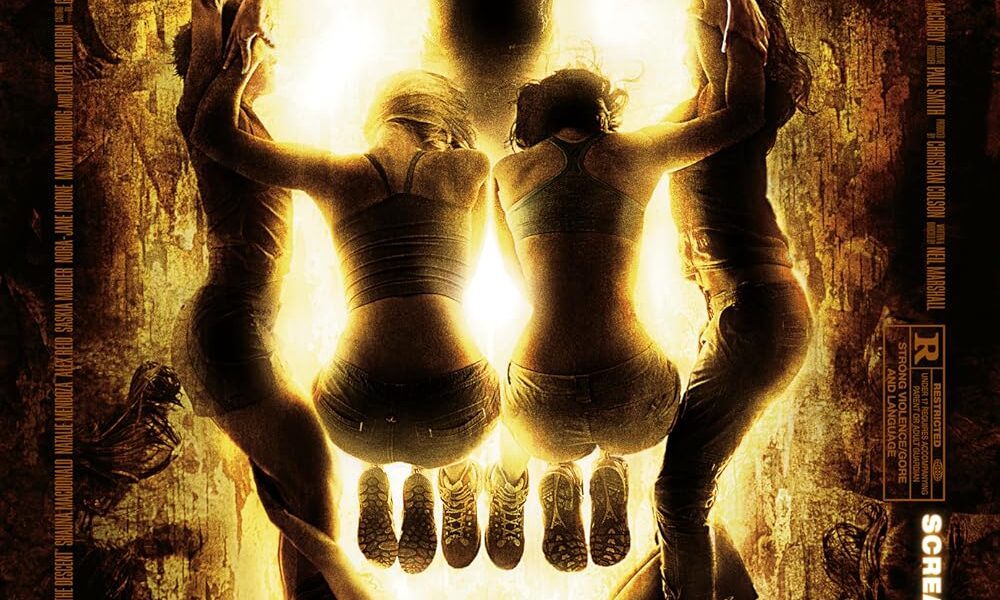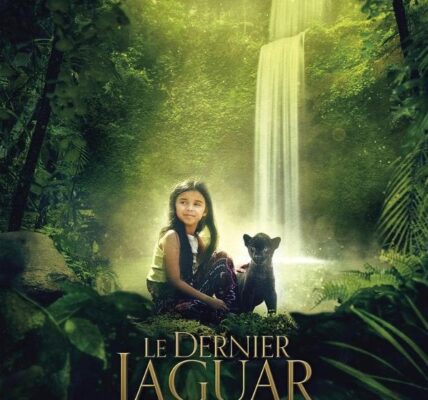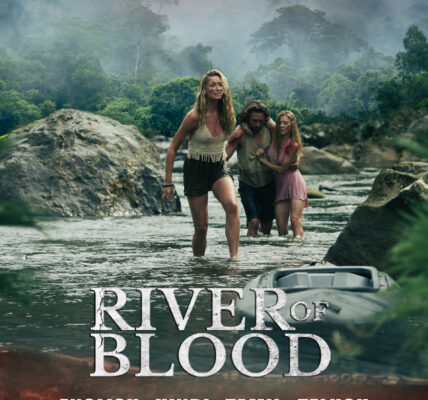1. Plot Summary (spoiler-light)
Sarah is still reeling from a devastating car accident that killed her husband and daughter. Her friend Juno organizes a caving trip deep in the Appalachian Mountains to help Sarah heal and reconnect with friends. Joining them are Beth, Rebecca, her sister Sam, and Holly.
Once they enter an uncharted cave system, disaster strikes: a collapse blocks their exit. As they attempt to retrace their steps or find an alternate route, they begin to sense that they are not alone. Strange cave paintings, signs of past explorers, and a creeping dread presage the appearance of horrifying subterranean creatures—blind, adapted predators (called “crawlers”) with heightened senses and lethal instincts.
Tensions flare among the group; secrets, guilt, and grief weigh heavily as they fight for survival. Ultimately, Sarah must confront not only the monsters but the emotional wounds she carries. (Note: the film has alternate endings in different versions, one more ambiguous and darker than the U.S. cut.)
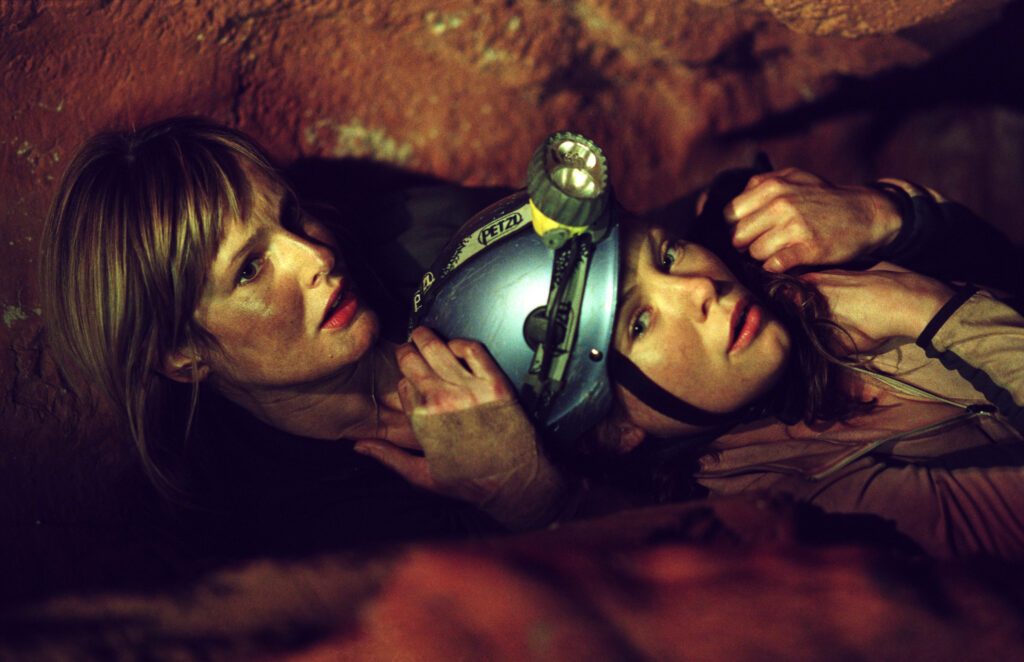
2. Notable Elements
a. Claustrophobia & Atmosphere
One of The Descent’s biggest strengths is its ability to make the viewer feel trapped alongside the characters. The tight tunnels, sudden drops, low ceilings, and pitch darkness (broken only by headlamps or torchlight) create an overwhelming sense of confinement. Even when nothing is happening, the danger feels imminent.
b. Creature Design & Surprise
The “crawlers” are introduced slowly, often glimpsed as shadows or shapes, which heightens suspense. Their design—eyeless, agile, adapted to cave life—makes them more unsettling. Also, the director kept the creatures hidden from the actresses until necessary to preserve genuine reactions.
c. Female Ensemble & Interpersonal Tension
Unlike many horror films, The Descent features an all-female ensemble (six women) without relying on romantic subplots or male saviors. The relationships, past betrayals, and unresolved grief (particularly Sarah’s trauma and Juno’s guilt over an affair) deepen the tension—survival becomes as much about trust as fighting monsters.
d. Cinematography & Lighting
The film’s lighting leans heavily on practical sources (headlamps, flares, occasional fixed lights) rather than “film lighting,” which keeps the visuals raw. Shots of darkness pierced by narrow beams accentuate the unknown. Also, the editing and pacing ensure that moments of calm still carry risk.
e. Multiple Endings / Versions
The U.S. release has a slightly toned-down ending; the European / director’s cut is bleaker and more ambiguous. This duality adds to discussions among fans about what “really happened.”
3. Themes & Messages
While at its surface The Descent is a survival horror, it also weaves emotional undercurrents:
- Grief, guilt, and catharsis: Sarah’s journey is not only a physical fight but an internal one. The cave becomes a metaphor for descending into one’s psyche and dark emotions.
- Betrayal & trust: The group’s cohesion fractures as secrets emerge (especially Juno’s role in Sarah’s past), making the threats from without mirror internal wounds.
- Primal fear & the unknown: The film taps into deep fears—of the dark, of suffocation, of being hunted—rather than relying solely on jump scares.
- Isolation & helplessness: Cut off from the surface world, the characters can’t rely on rescue or modern tools. They are reduced to raw survival instincts.
- Human monsters vs. inhuman ones: Sometimes, the emotional betrayals and decisions by the characters are as painful or more impactful than the monsters themselves.
Because this film is not tied to holidays or seasonal sentiment, the themes don’t directly connect to festive traditions. But in a broader sense, The Descent explores how trauma lingers beneath the surface, how “returning to darkness” can be a way of confronting pain, and how survival sometimes demands sacrificing illusions.
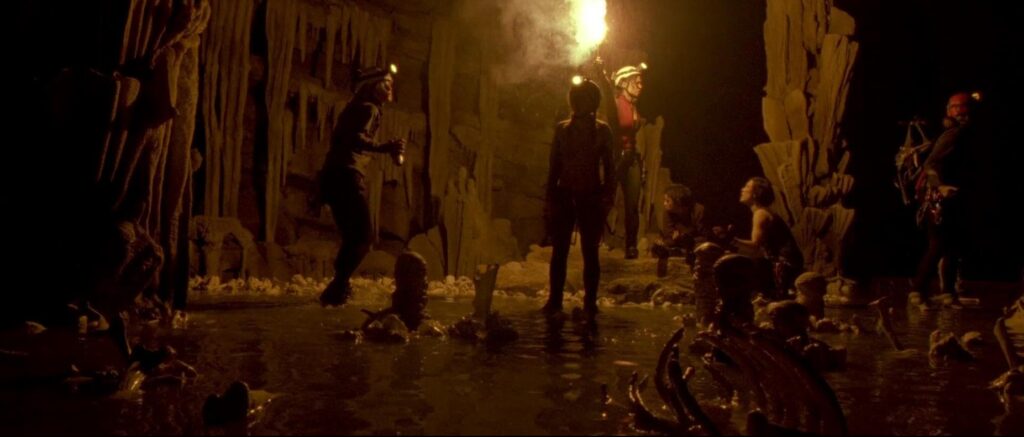
4. Personal Impressions
What works excellently:
- The Descent delivers a sustained sense of dread more than many horror films. The tension rarely lets up.
- The ensemble cast works well: the actresses convince in their emotional arcs, fear, and interactions.
- Creature reveal timing is smart: not overexposed early, which preserves mystery.
- The choice of lighting, tight framing, and sound design all contribute to immersive terror.
- The merging of psychological and physical horror gives the film depth beyond a simple monster chase.
What doesn’t always work / caveats:
- In very dark scenes, the cinematography sometimes becomes too hard to follow; you may lose track of who is where.
- Some sequences may feel derivative if you’ve seen many “explorers trapped in caves” or “monsters from underground” horrors.
- The emotional backstories take time to develop, and in places the balance between characterization and horror pacing wavers.
- Depending on which version you watch, the ending can leave unsatisfying ambiguity.
Overall, I find The Descent a standout in horror for its fusion of atmosphere, character, and terror. It’s not perfect, but it’s haunting and memorable.
5. Audience Recommendations
You’ll especially appreciate The Descent if you enjoy:
- Psychological + survival horror rather than pure slasher flicks
- Films that emphasize atmosphere, tension, and dread over cheap tricks
- Strong female casts and interpersonal drama woven into horror
- Creature horror where the monster design is imaginative
- Movies that you don’t just watch, but feel — especially if you like being unsettled
If, instead, you prefer horror that’s more light, comedic, or with clearer “good vs evil” arcs, this one may feel too heavy or oppressive.
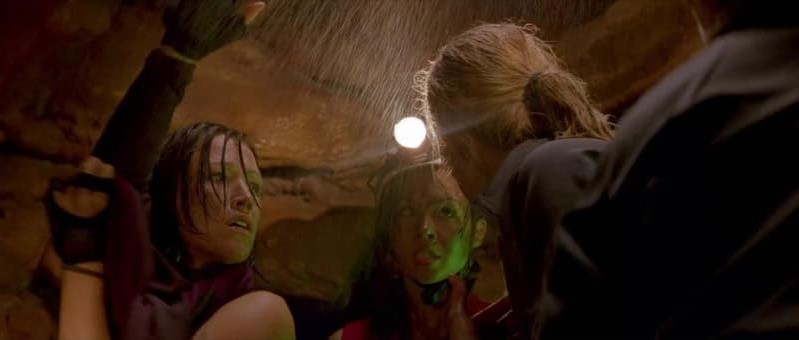
6. Conclusion & Rating
Final Thoughts:
The Descent is a visceral, psychologically potent horror film that transcends its monster premise. It doesn’t just scare you with creatures—it pushes you into darkness with the characters. The claustrophobia, the emotional stakes, and the primal terror all coalesce into something that lingers after the credits roll. While some technical and tonal decisions aren’t flawless, its strengths far outweigh the flaws.
Rating: ★★★★☆ (4.5 / 5)
